Cued to Coerce or Coercing Cues? An Exploration of Dissident Rhetoric and its Relationship to Political Repression
This article explores whether and how state repression is influenced by a social movement organization's rhetoric; and, conversely, if dissident rhetoric is responsive to authorities' repressive efforts. These relationships are examined with data generated from several newspapers within the Bay area, across 253 weeks from 1969 to 1973, concerning rhetoric of the Black Panther Party (BPP) as well as police and court repression directed against the Panther organization. The results of the statistical analysis are mixed. Several aspects of BPP rhetoric increase both police and court-ordered repression, albeit at different magnitudes and lags. Moreover, results disclose that only police repression influences the discussion of particular topics in the Panther newspaper—the same topics that induce protest policing (again, across different lags). The analysis complements existing research on the conflict-repression nexus, but it also forces us to consider state-dissident interactions in a more comprehensive manner.

